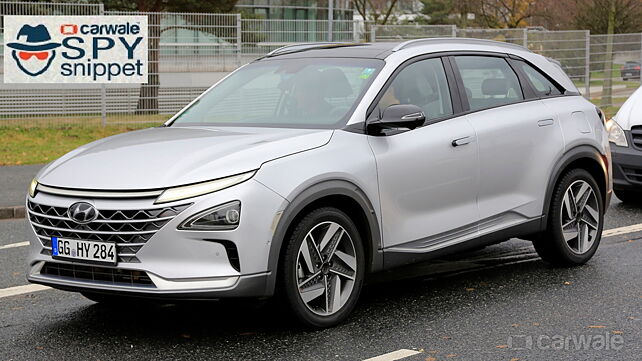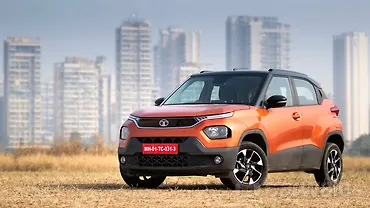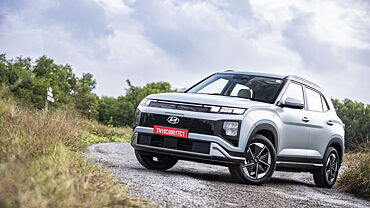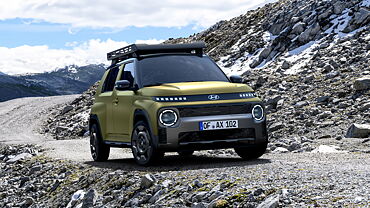
Hyundai offered an early glimpse of its next-gen fuel-cell vehicle at a special preview event in Seoul in August this year. This was well ahead of the hydrogen-powered crossover’s official launch early next year.
The new crossover is Hyundai’s second commercially produced hydrogen model, and uses the company’s fourth generation of hydrogen fuel-cell technology. Senior Vice President Lee Ki-sang of Hyundai Motor Group’s Eco Technology Center characterized the second-gen FCEV as having “60 per cent better system efficiency than the first-generation FCEV,” through internal development of fuel cells and powertrain components such as the electric motor.
According to Lee Ki-sang, by enhancing the fuel-cell performance, reducing hydrogen consumption, and optimizing key mechanisms, Hyundai has improved the vehicle’s efficiency compared to its predecessor, the ix35 Fuel Cell car (known in the US as the Tucson FCEV). The new efficiency level of 60 per cent represents a 9 per cent increase from the Tucson’s 55.3 per cent.
The second-gen model targets a driving range of about 580 kilometres between fill-ups. The driving range of the current Tucson Fuel Cell vehicle is up to 410 kilometres. Unlike electric vehicles that can take several hours to fully recharge, one can refuel a fuel-cell car in two to three minutes. Provided, of course, the owner can find a hydrogen station. While Toyota, Honda, and General Motors also are investing heavily in fuel-cell technology, hydrogen filling stations are rare. South Korea plans to increase the number of these stations from 16 this year to 100 stations by 2020, in order to sharply raise sales of fuel-cell vehicles. The country is aiming to have 10,000 fuel-cell vehicles on its roads by 2020.
Hyundai is going to formally introduce its second-gen FCEV and unveil its official model name at CES 2018, which will be held in Las Vegas in January. The company plans to offer test drives in vehicles combining FCEV with self-driving technology. “We are planning to demonstrate the self-driving technology of our FCEV on highways early next year,” says Lee Ki-sang.



































